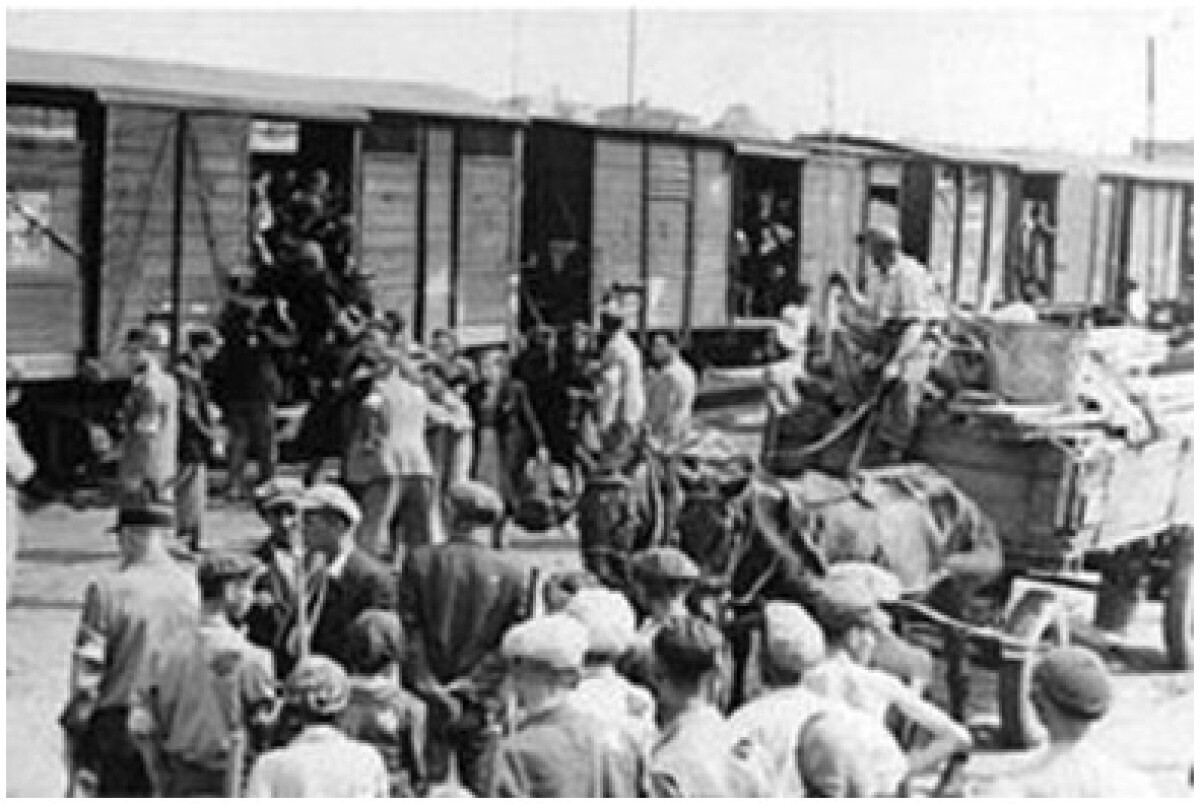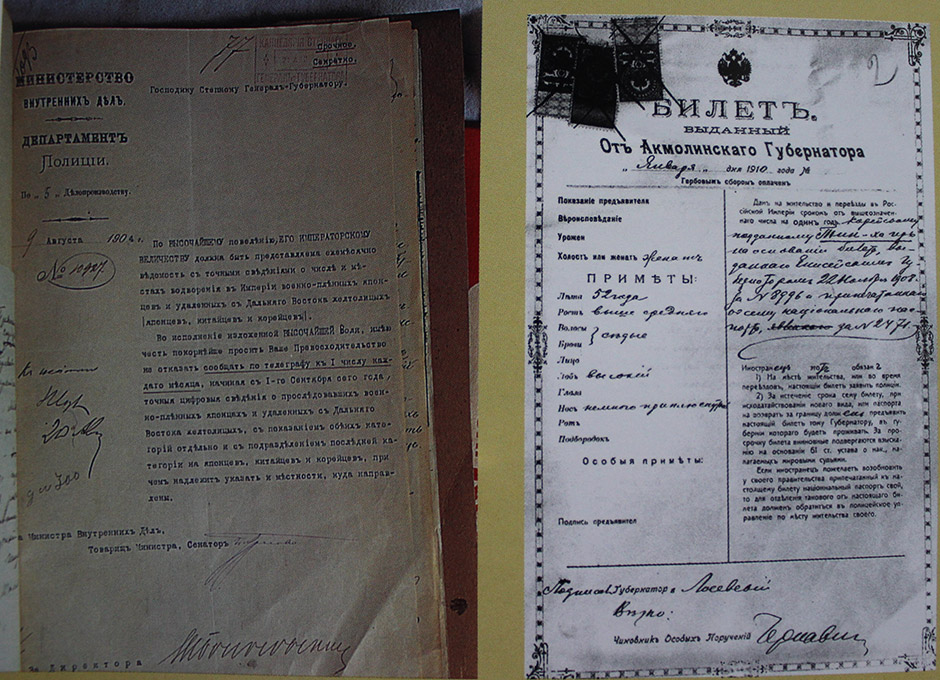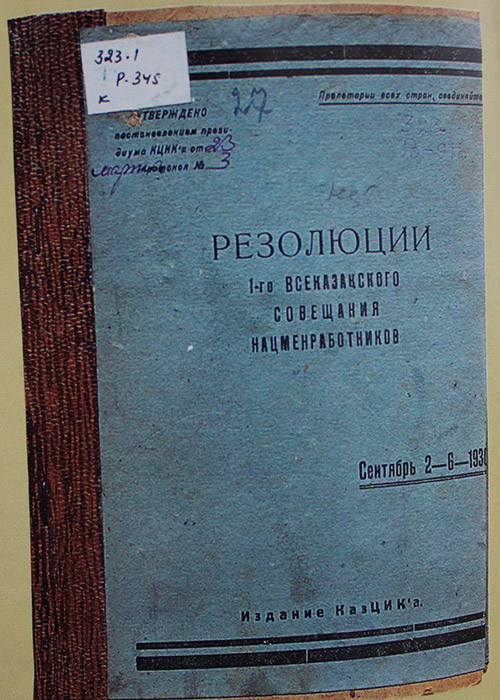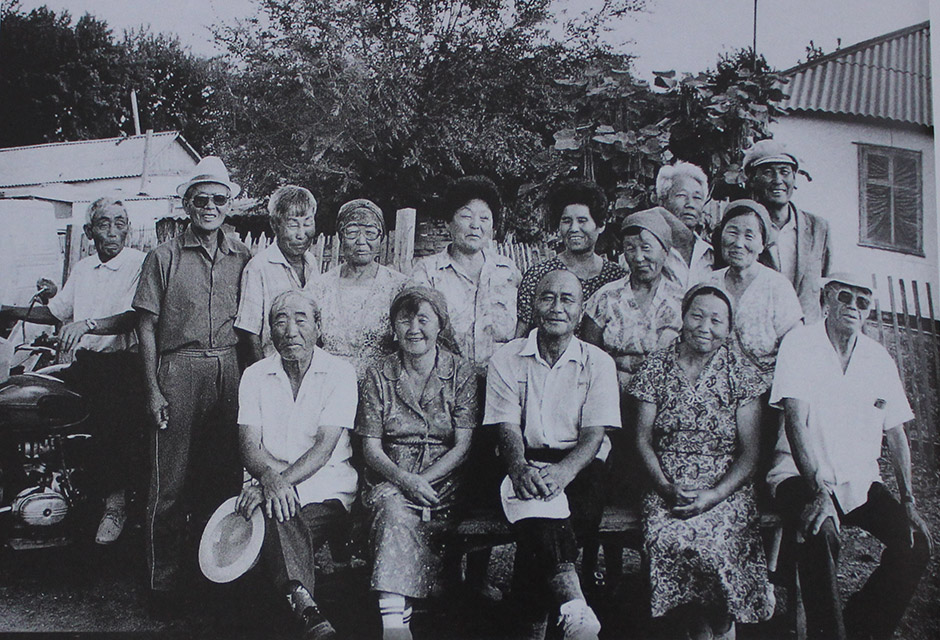
The 20th century was a period of intensive migration of Koreans to the territory of Kazakhstan, and not always voluntary. After the establishment of Soviet power, the first population census was carried out in the USSR in 1926. According to it, the Koreans lived in Akmola, Semipalatinsk, Syrdarya regions. Some Koreans lived in Karaganda, Kyzylorda and other regions of Kazakhstan.
In the 1920s, in connection with the development of rice growing, Kazakhstan began to study the experience of growing rice in different regions of the Union. The experience of Koreans in growing rice in the Far East drew the attention of the authorities. Their experience was decided to be implemented in Kazakhstan. In the Far East, the Koreans rented land on bonded terms, and in Kazakhstan these conditions were much better, and, as the leaders of the republic believed, it would push Koreans to resettle to Kazakhstan. Thus, it was decided to invite Koreans to Kazakhstan to gain experience in rice growing.

In the spring of 1928, at the invitation of the People's Commissar for Agriculture of Kazakhstan, 70 families, more than 300 Koreans from the Vladivostok district of the Far Eastern Territory arrived in Semirechye province. They organized the Korean Agricultural Labor Company “Kazakh Rice”.

Already in January 1929, Koreans began sending out rice seeds to other farms. Thus in 1931 Kazakhstan became the most rice-growing region in the country.
But 1937 became fatal. By order of the Soviet leadership, the Korean population of the Far East was subjected to forcible deportation to Central Asia and Kazakhstan. The party elite, seized by spy mania, accused whole nations of betraying.
Resolution of the Council of People's Commissars of the USSR and the All-Union Communist Party
"On the Eviction of the Korean Population from the Border Regions of the Far Eastern Territory"
Moscow, the Kremlin, August 21, 1937
To prevent the penetration of Japanese espionage into the Far Eastern Territory, the following measures should be taken:
1. To propose to the Far Eastern Territorial Party Committee (Bolsheviks) and the NKVD of the Far Eastern Territory to evict all Korean population of the border regions of the Far East and relocate to the South Kazakhstan region, to the Aral Sea and Balkhash and the Uzbek SSR.
2. To proceed immediately to the eviction and finish by January 1, 1938.
3. The Koreans who are being resettled should be allowed to take property, household equipment, livestock with them when resettlement.
4. Compensate the resettled value of the movable and immovable property and crops left by them.
5. Do not obstruct resettled Koreans to leave if they wish to go abroad, allowing a simplified procedure for crossing the border.
6. People's commissar of the USSR to take measures against possible excesses and unrest on the part of the Koreans in connection with the eviction.
7. To oblige the Council of People's Commissars of the Kazakh USSR and the Uzbek SSR to immediately determine the areas and points of arrival and to outline measures that ensure economic development in new places of resettled by rendering them the necessary assistance.
8. To oblige the People's Commissariat of Transport to provide timely delivery of wagons at the request of the regional committee for the transportation of resettled Koreans and their property from the Far Eastern Territory to the Kazakh SSR and the Uzbek SSR.
9. Obliged regional and party committees in three days to report the number of households to be evicted and person.
10. On the progress of eviction, the number sent from the resettlement areas, the number of arriving in the resettlement areas and the number issued to abroad to report ten-day telegraph.
11. Increase the number of border troops by 3 thousand people. To consolidate the protection of the border in the areas from which the Koreans are resettled.
12. Allow the People's Commissariat for Foreign Affairs of the USSR to place border guards in the liberated premises of Koreans.
Chairman of the Council of People's Commissars of the USSR V. Molotov
Secretary of the Central Committee of the All-Union Communist Party (Bolsheviks) I. Stalin
Settlers were deployed in oblasts; they had to live in unfit conditions. The Kazakh population, which had recently experienced a terrible famine, was sympathetic to the forced neighborhood and as it should in the Kazakh culture, shared the last piece of bread with the Koreans.

During their stay in the Kazakh land, a whole galaxy of talented artists, doctors, athletes, scientists, architects, writers, and honored figures of the RK grew up among Koreans.
We know the successes of Koreans in sports. The flag of Kazakhstan in different championships has repeatedly been raised by the famous Kazakhstan figure-skater who performs in singles, the bronze medalist of the 2014 Winter Olympics Denis Ten. It should also be noted Aleksey Ni - Kazakhstan coach for weightlifting who brought up several Olympic champions and prize-winners, including Ilya Ilyin, Zulfiya Chinshanlo, Maya Maneza and Svetlana Podobedova.

This is only a small part of the long history of Koreans in Kazakhstan. They have found a new homeland in this country, and their deep roots in the Kazakh steppe speak of the ability to live in mutual understanding and unity with the people of Kazakhstan. For all these years the Koreans have demonstrated themselves as an industrious and peaceful nation whose history is inseparable from the history of the Kazakhs.
Translated by Raushan MAKHMETZHANOVA
